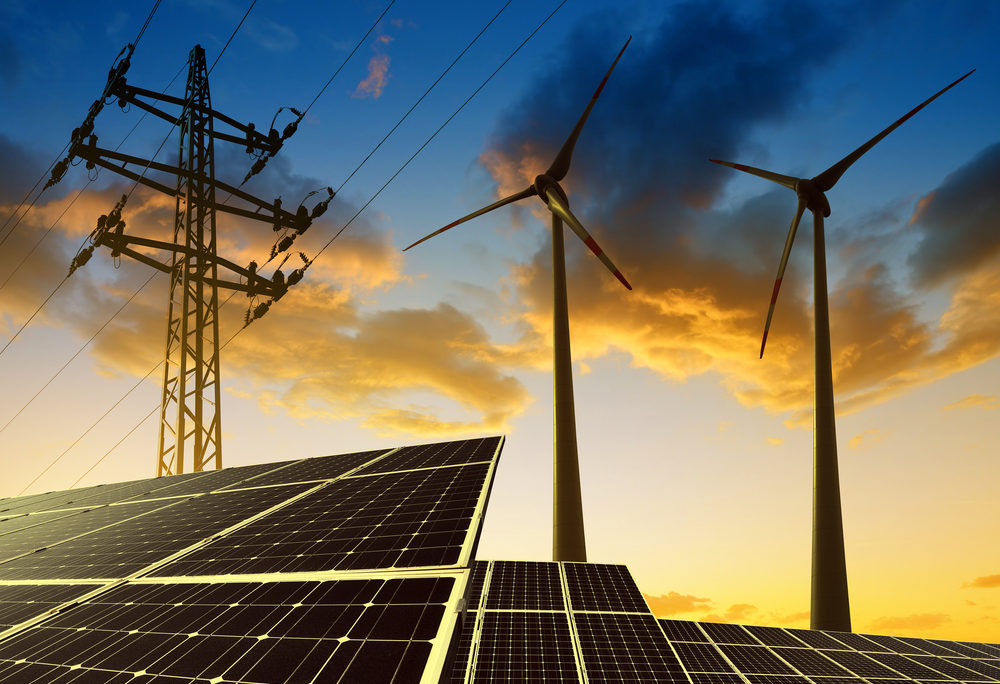RENEW ECONOMY – The electricity industry is making a rapid transition towards 100% renewable energy, but do we know for sure how to keep the grid stable without any old-style, ‘synchronous’ coal generators?
Australia’s energy ministers are poised to release a proposal from Energy Security Board for a redesign of the National Electricity Market. This question of ‘security’ will be a key issue.
Historically, coal generators have supplied up to four-fifths of Australia’s electricity. Since 2010, 12 coal power stations have retired and there are 18 left in the NEM.
In March 2021 EnergyAustralia announced it would close the Yallourn power station in 2028. We need to redesign the system to be secure without coal.
Everyone knows that coal generators provide energy but they also provide what is called ‘security’ services. New research shows that batteries and clean energy technologies are able to provide security. This allows coal power stations to retire safely.
What grid ‘security means’
Coal and other ‘synchronous’ generators hold the frequency and voltage of the alternating current within a safe range.
The frequency of the electricity in the grid must be kept close to 50 Hz or equipment will fail. Most frequency control is provided by electrical inertia from big spinning turbines at coal, gas and hydro power stations.
Inertia is a property of the current in the grid across a whole state (and even across interconnectors).
When regulators allowed synchronous generators to relax governor settings, NEM frequency degraded and when this service was re-regulated, much of the problem was solved.
Voltage control is measured in terms of system strength. System strength is a local property of the distribution or transmission network. It is provided by large generators and also by specialised grid elements that do not supply energy.
Most commonly these are synchronous condensers, consisting of a turbine-flywheel set that can spin freely.
If we cannot source new sources of ‘inertia’ and ‘system strength’ from clean energy technologies then it might be necessary to pay for coal generators to keep operating even after they are no longer commercially viable.
How batteries solve the problem
Batteries were originally built to help smooth out the variable output of wind and solar. But it turns out they can do everything a generator can and more besides. They are rapidly evolving the capability to provide inertia and system strength.
The inverter which connects the battery to the network can be programmed to lower or increase frequency and voltage very quickly and precisely.

A coal generator is only able to provide an inertial response equal to its capacity for around three seconds. A battery can provide inertia until its energy store is depleted.
The planned 350 MW battery that will be developed in Victoria by EnergyAustralia is likely to be able to provide at least three times as much inertia as the retiring Yallourn coal-fired power station


